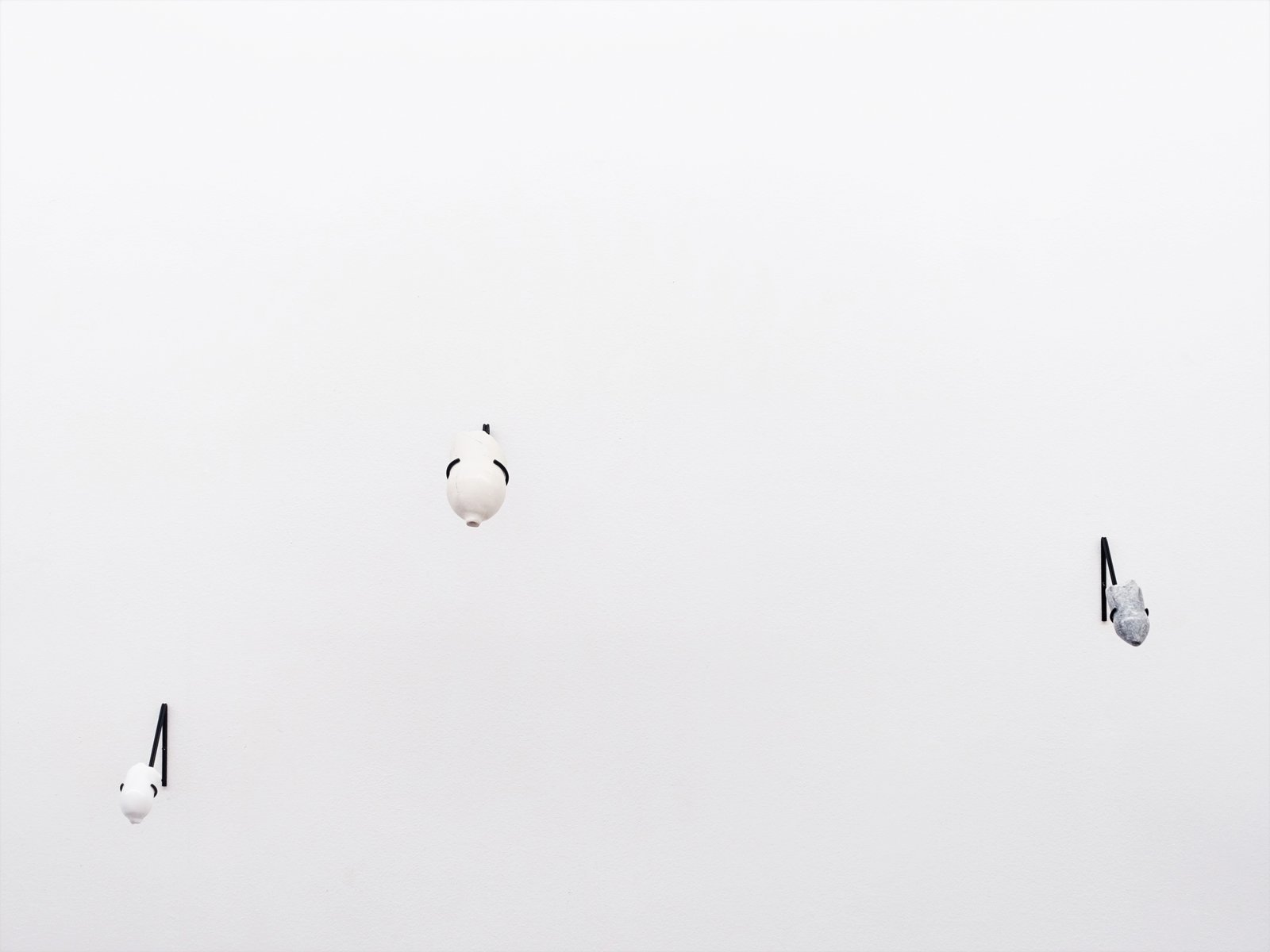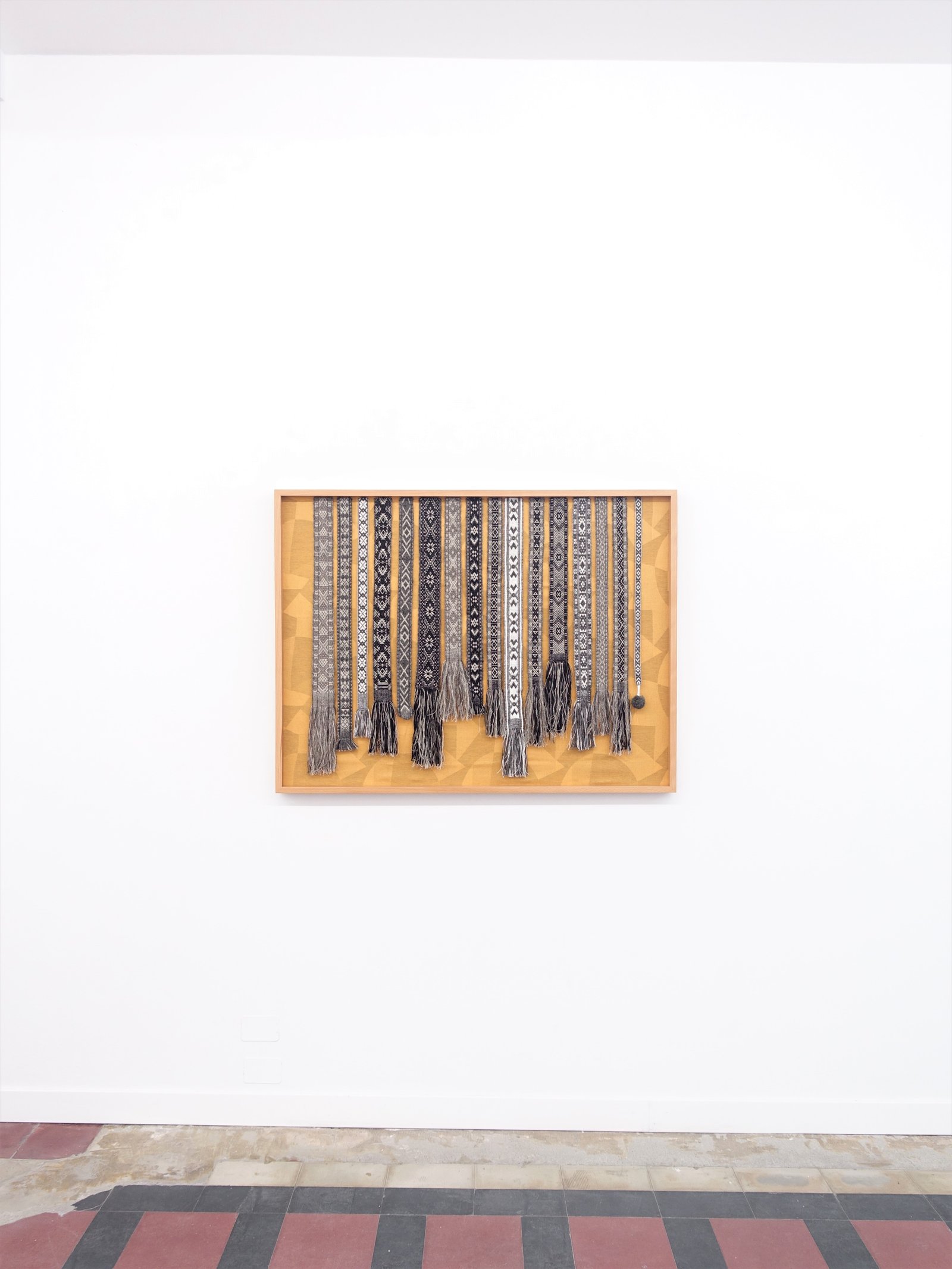Museum Display
Temnikova & Kasela, Tallin
Jaanus Samma
6 October – 19 November 2021









Museum Display explores the national museum as a tool for establishing official versions of authenticity. In museum displays, everyday objects and detached pieces of history become canonical documents. The many possible layers of meaning are fixed in an official arrangement, presenting an amorphous phenomenon as a defined and authentic event.
The installation explores how objects shown in museums are framed by norms, customs, ideals and the inevitability of their cultural context. Soviet textiles provide a backdrop for a work composed of traditional Estonian belts. Pieces of classical sculptures, once hidden away, are now put on full view. Historic documentation of museum collections is juxtaposed with starlit skies. What is the role of chance, censorship, politics and trends in the formation of the hierarchy of history?
In addition to Samma’s works, the exhibition will feature 19th century engravings depicting museum interiors and an offset print of a hand-knitted mitten by Estonian artist Tõnis Vint who was interested in patterns and believed that these traditional ornaments contained mythical knowledge and secret wisdom.
Jaanus Samma is a visual artist from Estonia. His body of work includes photos, installations and videos with topics grounded in gender and queer studies. His current fields of interest include history, ethnography and museology as well as the narratives used at the intersection of the three. In his most recent projects, he has explored the museum as a tool for establishing authentic histories and asserting cultural canons. In queering national heritage, he has found ways of broadening the perspectives on identity formation and offered alternative ways of contextualising the past. Samma’s practice relies on fieldwork – interviews and archive research – to produce subjective artistic output based on his findings. In 2015, Samma represented Estonia at the 56th Venice Biennial with NSFW. A Chairman’s Tale curated by Eugenio Viola.
With the support of the Ministry of Culture of Estonia